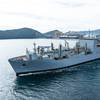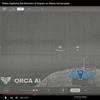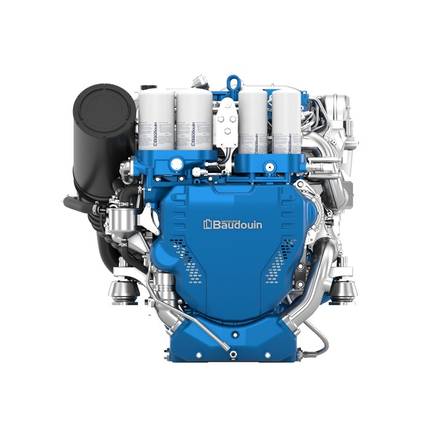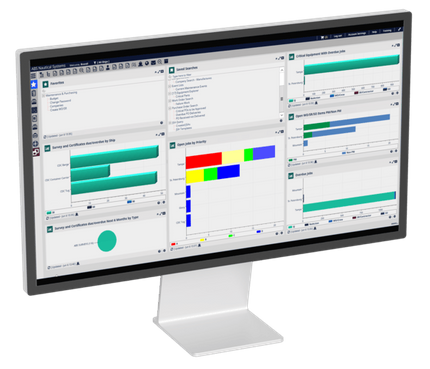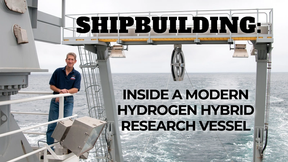Serious Injury: “Accidents Happen When People Don’t Communicate”
New Zealand’s Transport Accident Investigation Commission (TAIC) has released its report into the injury of a crew member on the bulk carrier Poavosa Brave on June 23, 2023.
The vessel was at anchor outside Tauranga Harbour, preparing to load logs. An on-board crane was hoisting stanchions (vertical posts for securing logs on the main deck) when the crane's block struck an able seaman. The seaman was very seriously injured and was later evacuated to hospital by helicopter.
TAIC states that in doing unauthorized work and not telling responsible officers, a safety-critical team leader (the bosun) short-cut the abilities and authorities of leaders responsible for the safety of planned work.
Under the operator’s safety management system, the master and chief officer were responsible for safety assurance, including assessing risks and analyzing the safety of planned work. “The accident happened because the people involved didn't know what each other were doing,” said TAIC in a statement.
The master’s plan: At 0700, the ship's master allocated tasks for the deck crew. The master instructed the bosun not to use the ship’s cranes, partly because weather and sea conditions were unsuitable for crane operations.
Bosun sets new plan – not communicated: By 1330 the conditions had eased and the bosun chose to start training the deck crew in using an on-board crane to hoist stanchions. The crew attended to the stanchions while the bosun drove the crane. But the bosun didn't tell the master or the chief officer about the change of plan and didn't seek the master’s authorization to use the crane. The chief officer heard the crane operating, assessed the work as unsafe, and went to the deck.
Back to the Master's plan – not communicated: seeing the crane block stationary on a hatch cover, the chief officer ordered the crew to retrieve it. But the chief officer didn't tell the bosun. The crew obeyed the order, but it was unsafe because the bosun was still working to his plan, driving the crane. The ship began to roll on a sea swell, causing the crane block and hook to swing off the hatch cover and strike the seaman.
“Accidents happen when people don't communicate,” stated TAIC.
The bosun should have told the chief officer and the master about the new work plan to use the crane. Those responsible officers could have prohibited the work or ensured everyone knew what they should do to stay safe.
If the chief officer and bosun had talked about the bosun’s new plan, it's very unlikely the chief officer would have ordered the crew into danger.
The crew should have spoken up to alert the chief officer about the risk, but they followed orders and said nothing because the chief officer outranked the bosun.




